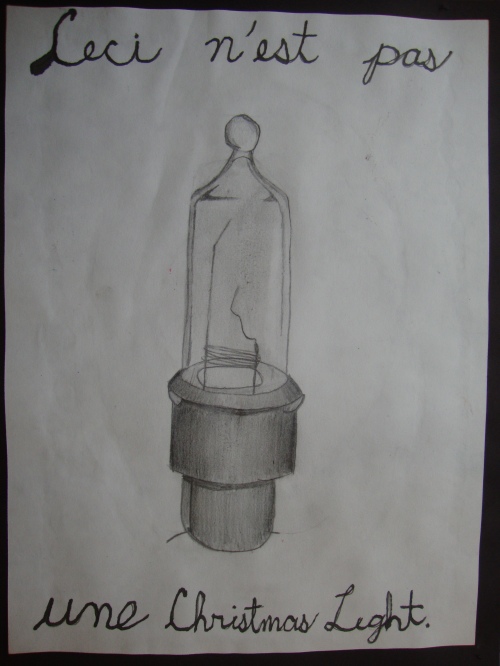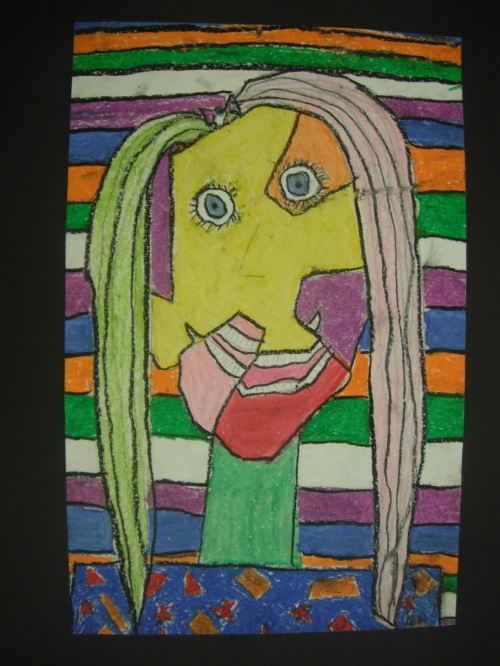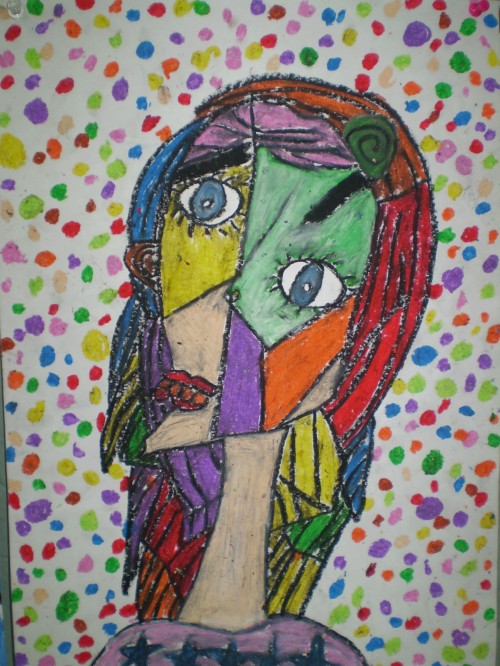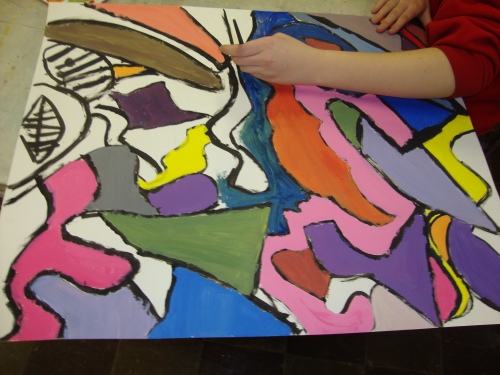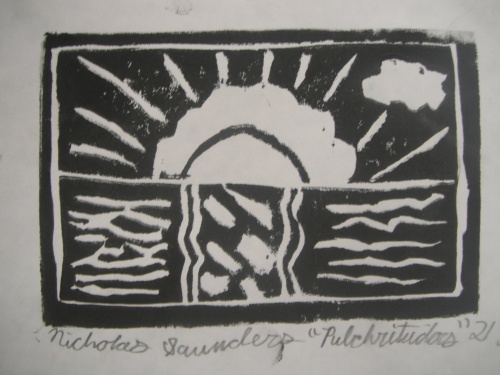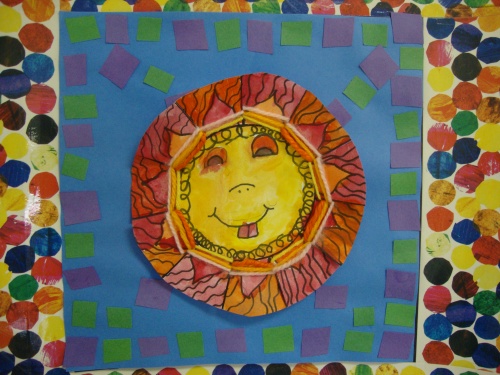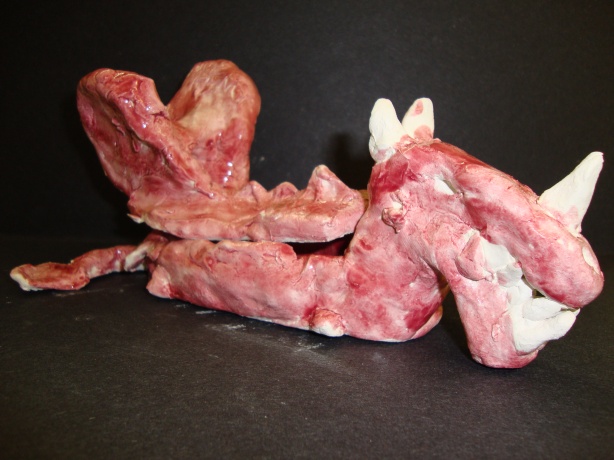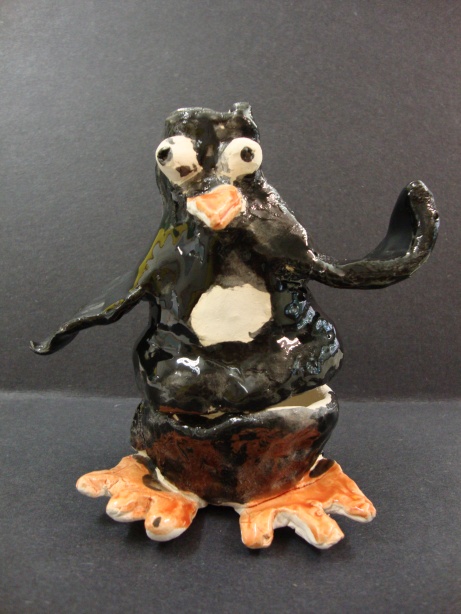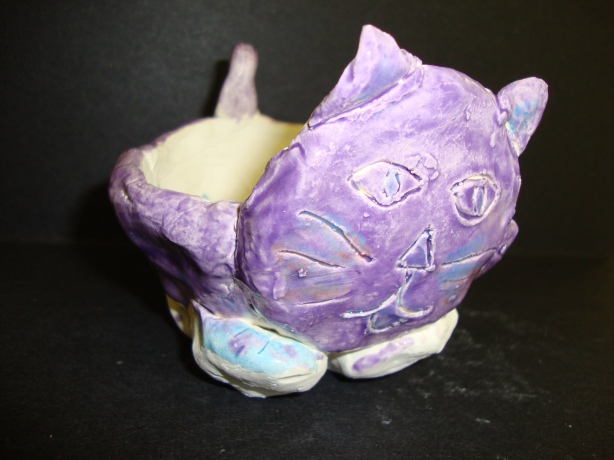 I adore surrealism. Magritte’s “The Treachery of Images” is such a clever mind trick. I decided to base a lesson on this painting because it teaches basic drawing as well as the concept that art is meant to make you think. I did this lesson with my 6th graders. This was a big challenge for them because I was really hard on them. If it was obvious a student was just scribbling what they thought they saw I would not accept that. It was amazing how many students thought they were “done” the first day. My goal was for my kiddos to really LOOK at what they were drawing, observe the shadows and highlights, and accurately portray proportions.
I adore surrealism. Magritte’s “The Treachery of Images” is such a clever mind trick. I decided to base a lesson on this painting because it teaches basic drawing as well as the concept that art is meant to make you think. I did this lesson with my 6th graders. This was a big challenge for them because I was really hard on them. If it was obvious a student was just scribbling what they thought they saw I would not accept that. It was amazing how many students thought they were “done” the first day. My goal was for my kiddos to really LOOK at what they were drawing, observe the shadows and highlights, and accurately portray proportions.
Saying this I do want to note that as the teacher it is not my job to defeat my students. I want to develop my students’ skill and appreciation for art but it is important for my kids to know that they are all going to be at different levels and have different styles. Art is an individual experience. Each student’s talent is going to be different and some will struggle more. I need to know what they are capable of and what I can push them toward. I need to know whether they are trying or not. I will NEVER punish a student because their artistic abilities may not be as strong as the class artist. It is my job to expect the best and to expect them to progress in my classroom.
This was a very fun lesson. It was a challenge but it was a huge success. 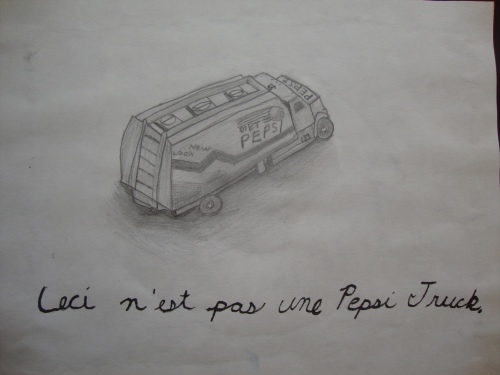
I adore this student’s Yoda. I gathered a TON of old toys and random objects and let the kids go to town choosing what object they wanted to draw.
Getting this jet was a fight. I would not let this student finish when he wanted because I KNEW he was capable of so much more than he was giving me. He didn’t want to add any shading. It was a pretty simple stress jet, like the balls you squeeze, and this was the most challenging object I could talk him into choosing. I am glad I pushed him.
